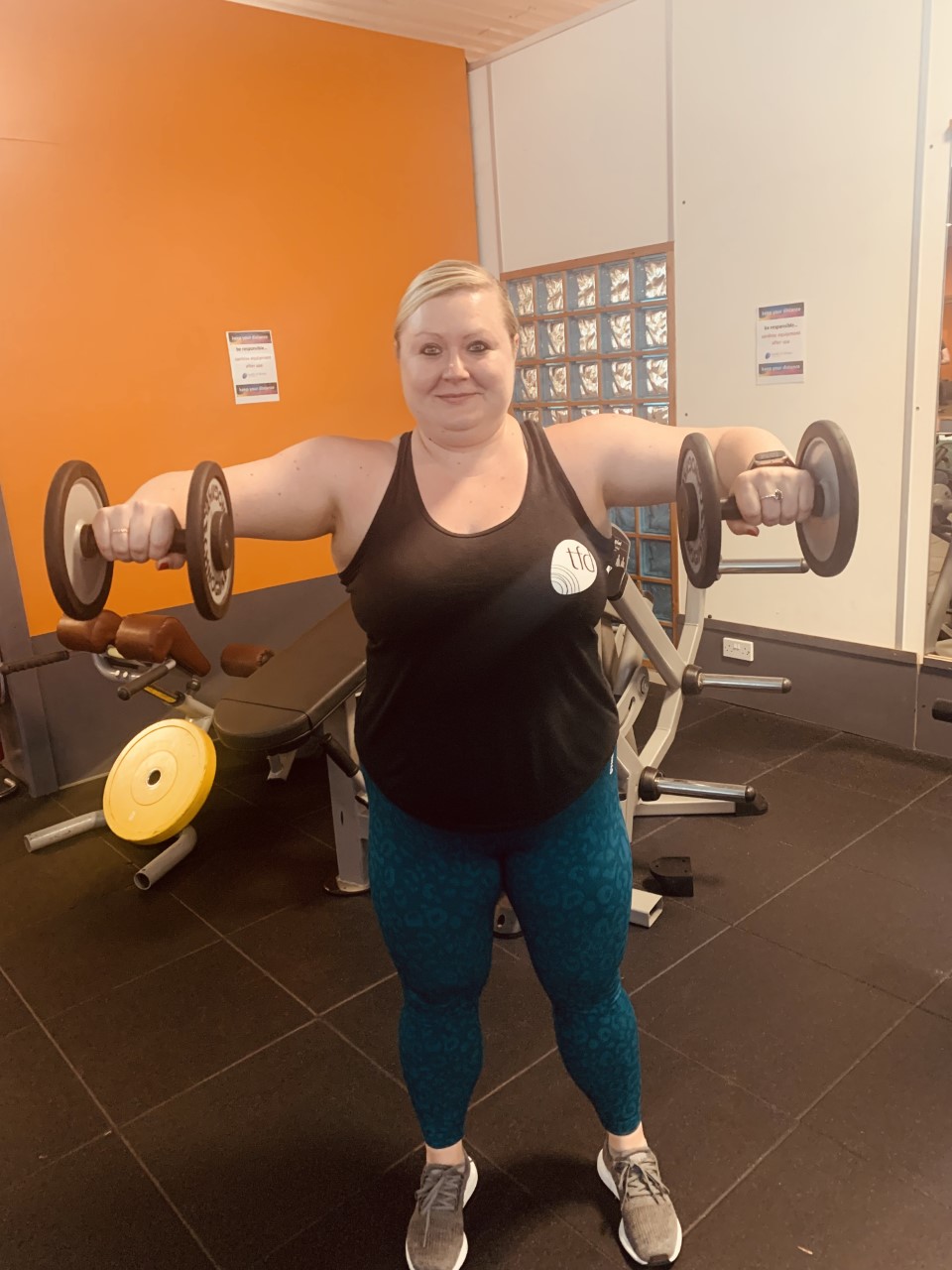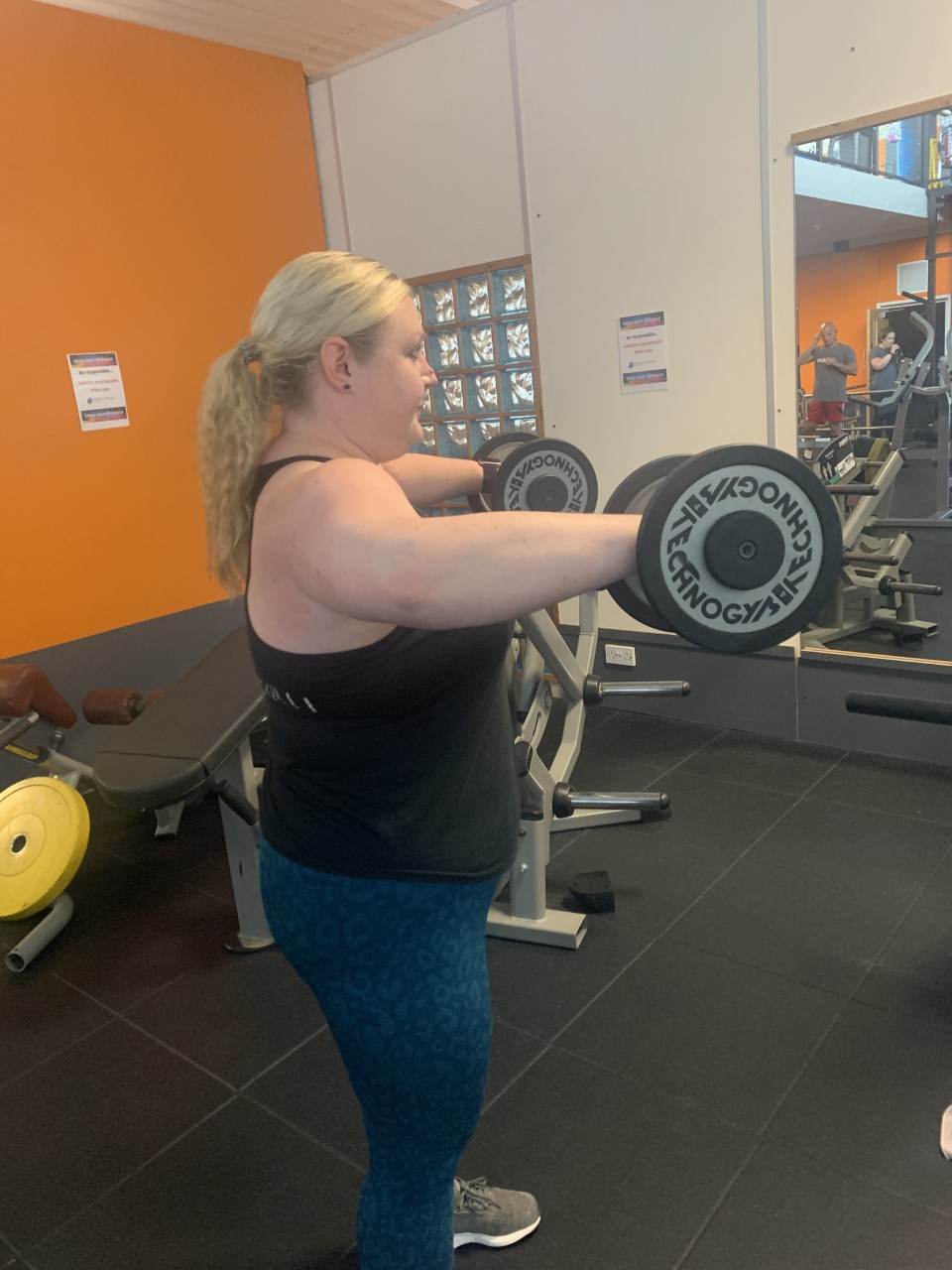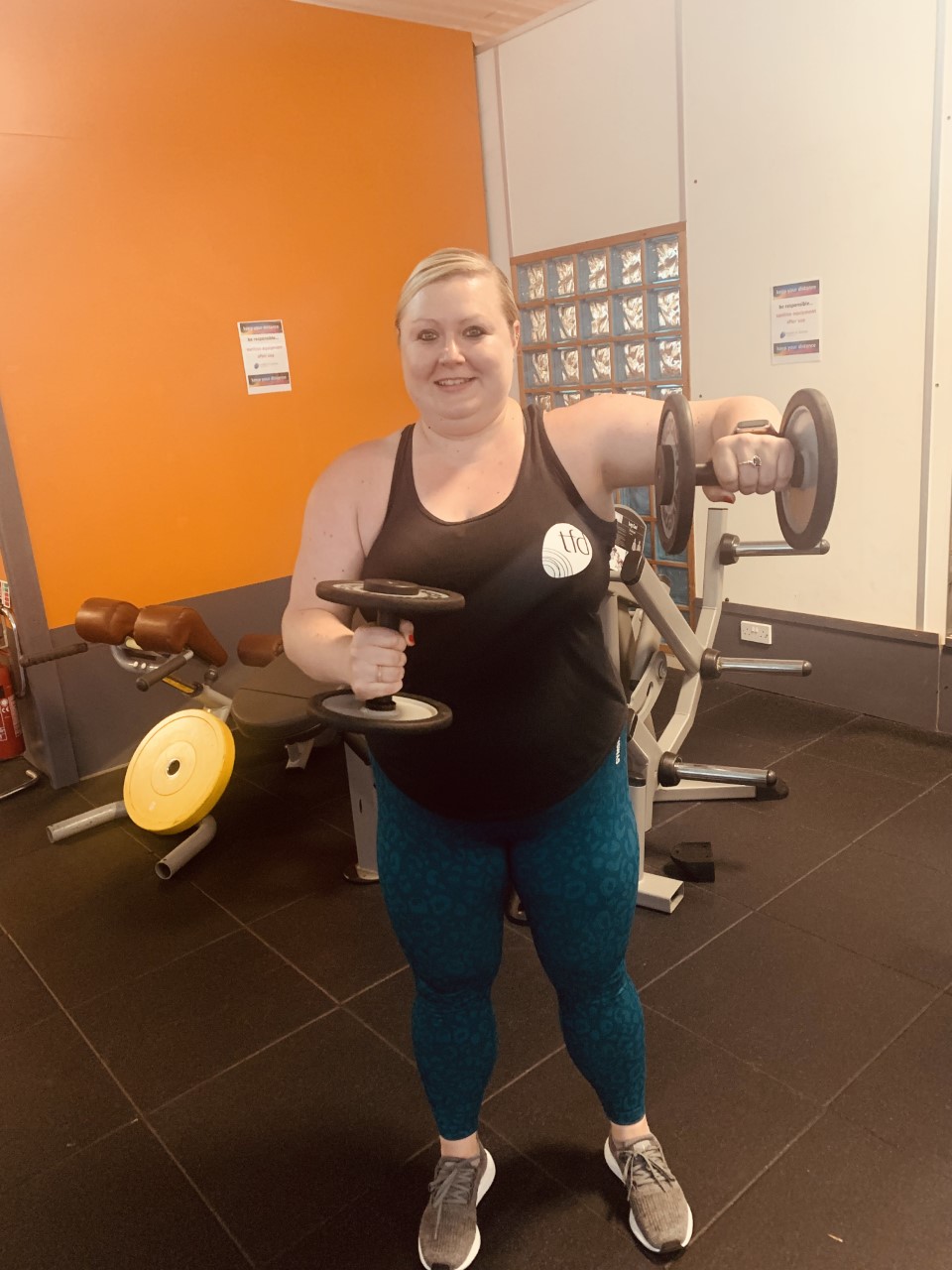The bent-arm lateral raise is a brilliant exercise to work the shoulder muscles,
This exercise in particular focuses on the lateral deltoid (middle part of the shoulder) but it also involves the other parts of the shoulder – anterior (front) and posterior (back) deltoids, as well as the traps (upper part of the back). Lateral raises are a great way of improving muscle stabilisation, muscular balance and shoulder mobility. The bent arm lateral raise is a modification of the straight arm lateral raise which has more pressure on joints as the arm being straight is a longer lever for the movement.
Let’s learn the lateral…
- Stand with your feet shoulder-width apart and anchor your shoulders back and downward toward your hips. Engage your core in tight to keep your body strong and stable.
- Using light dumbbells to begin with, bend your elbows to 90 degrees so your forearms are parallel with the floor.
- Lift the elbows outwards away from your body, ensuring you maintain that 90 degree angle at your elbow.
- Raise your arms until your upper and lower arms are both parallel to the floor. Your hands should be directly in front of your shoulders and at shoulder height with palms facing down.
- Pause for 1-2 seconds, and then, very importantly, control the movement back down.
- That’s one rep, so repeat for your set!
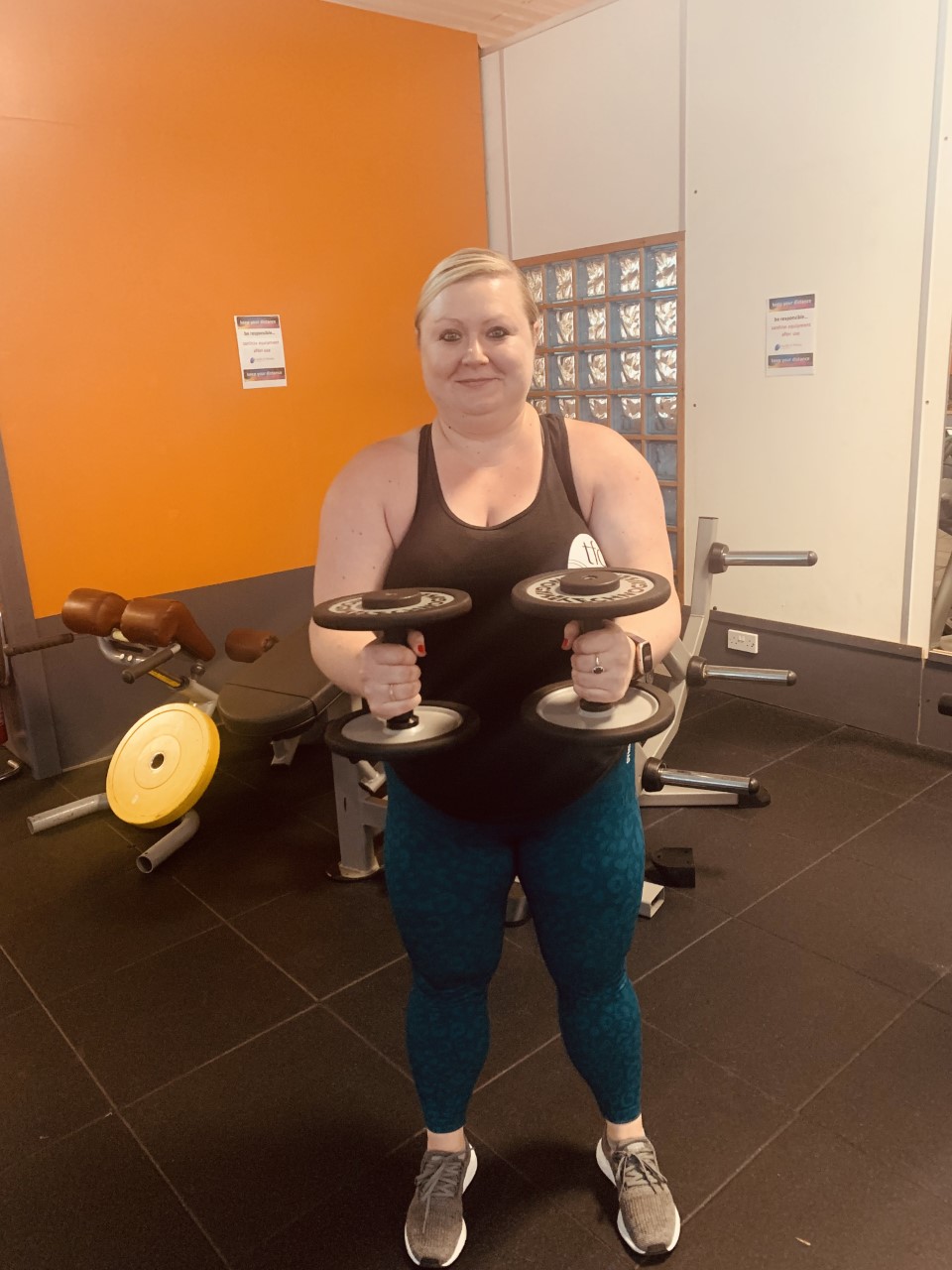
Common mistakes…
- Taking the hands higher than shoulder height and your elbows – they should both lift to shoulder height
- Losing the 90 degree elbow bend through the movement – maintain that same bend
- Collapsing through the core – keep it strong!
- Increasing the weight too much – the weight should be challenging but you should still be able to maintain correct form
- Losing control on the downward phase – keep it a nice steady pace throughout
To make this exercise less intense you can do one arm at a time, alternating left then right. This will also help you to focus on the movement and ensure you are maintaining correct form and control throughout.
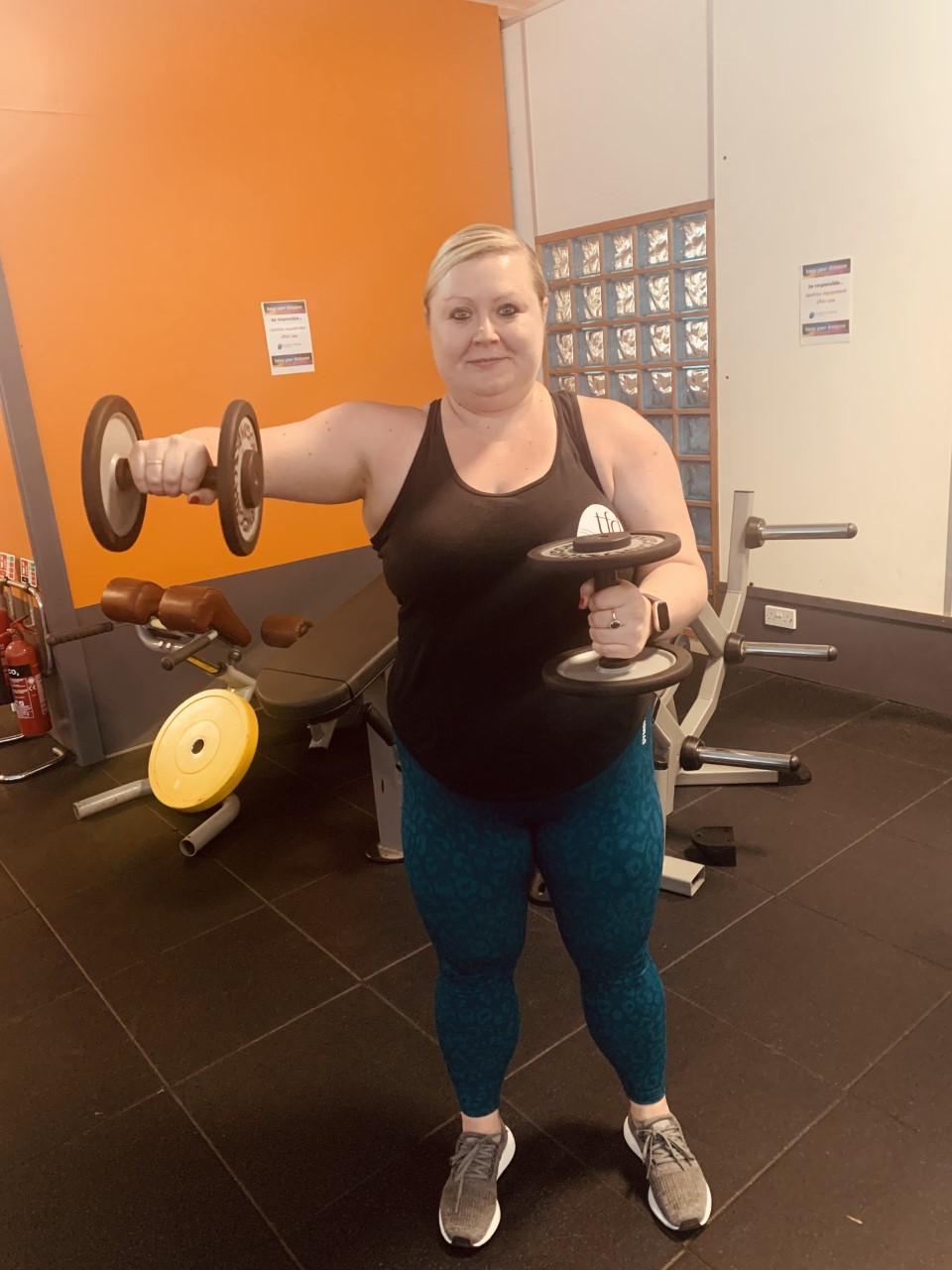
To increase the difficulty you have options such as slowing the movement right down to increase the time under tension or increasing the weight load. When increasing the weight load ensure correct form is maintained and don’t be afraid to drop it back down if you cannot manage it just yet – you are much better to nail the form on a lower weight than risk injury just to use the next weight up!
It is beneficial to do this exercise in front of a mirror so you can see your exact arm positioning – feel free to grab one of the team to check for you too!


